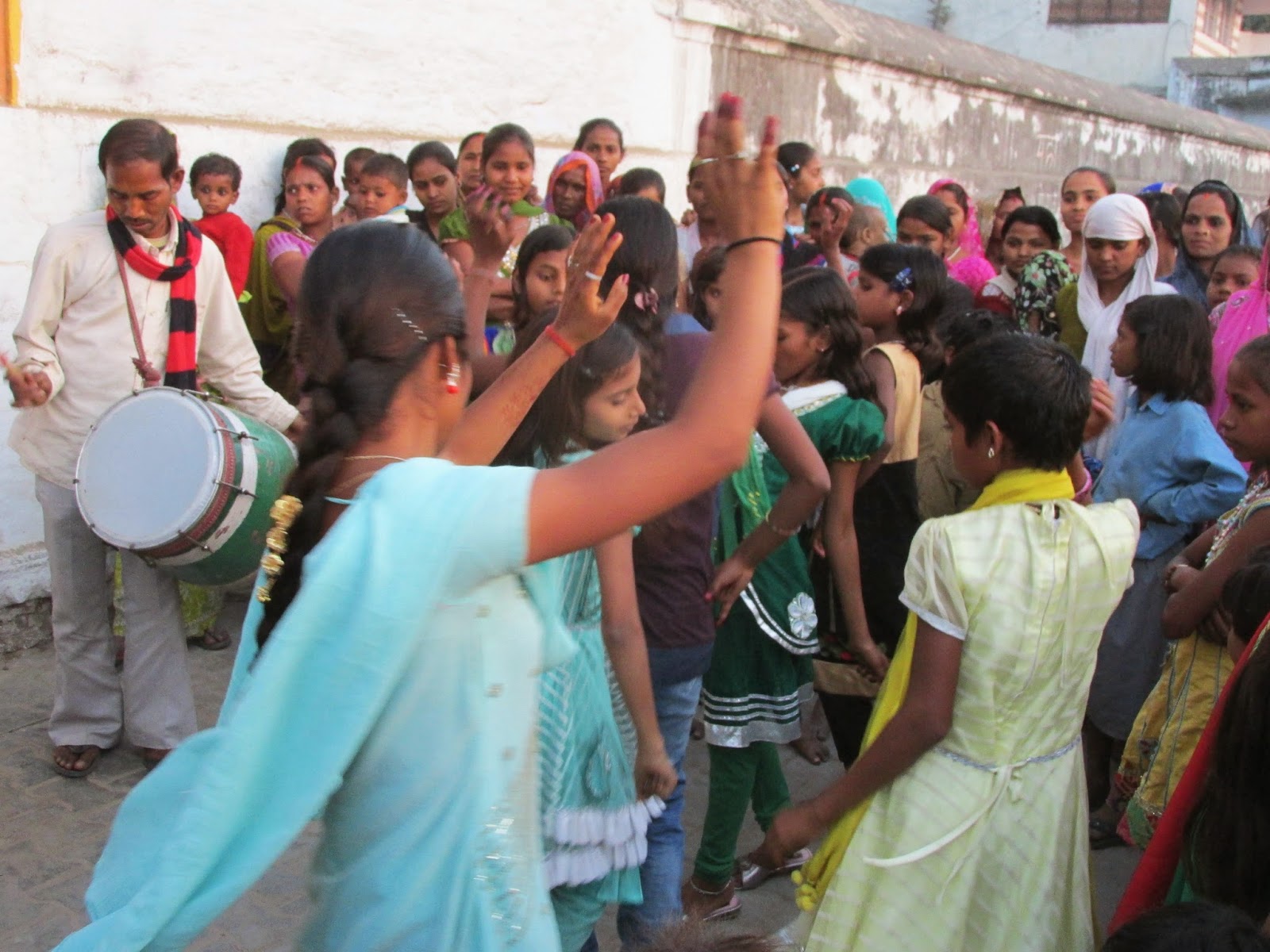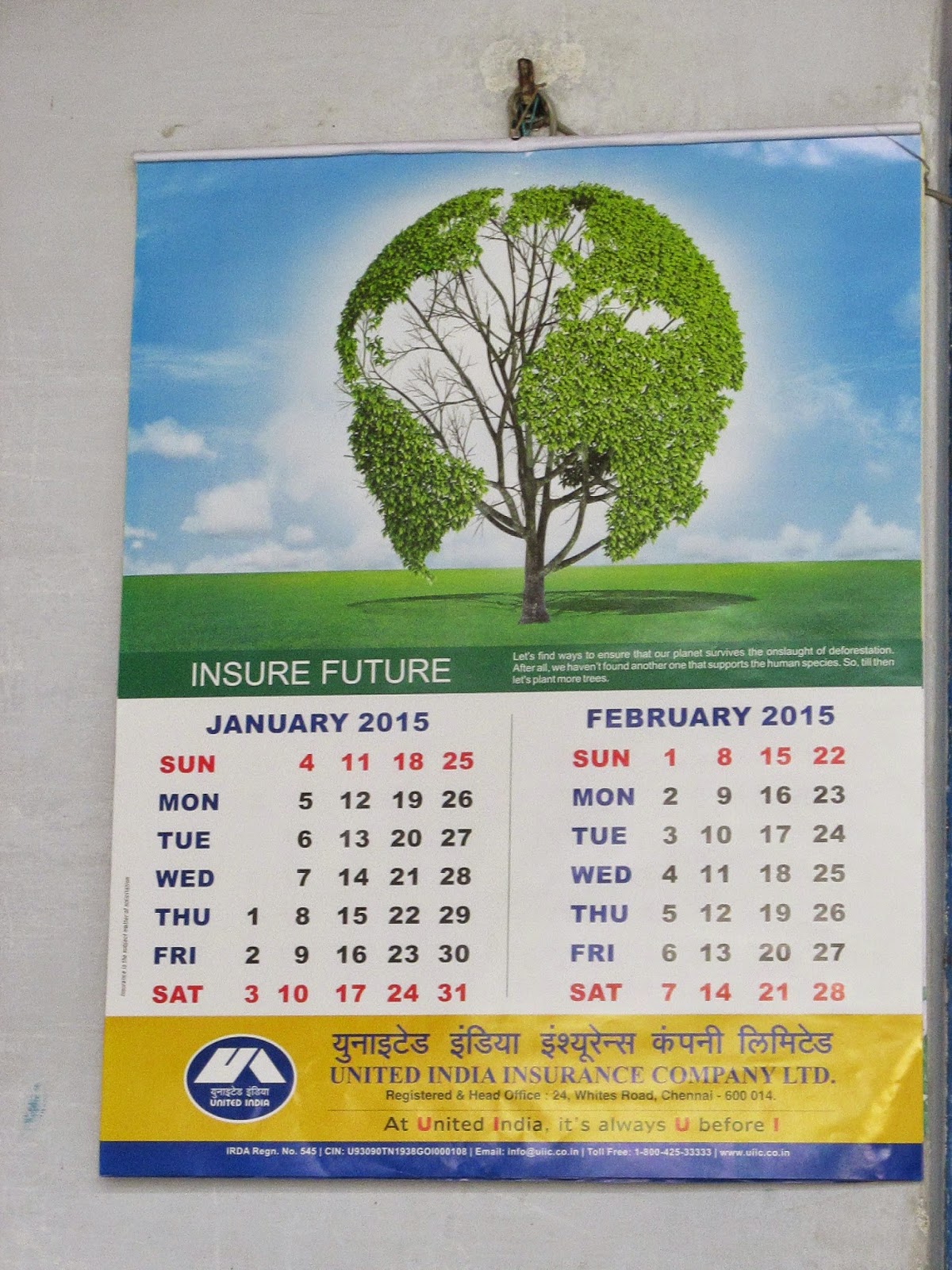Kasey
and I returned to Chengdu on February 25. The flights went well. I was
pleasantly relieved when the man at customs stamped my passport without asking
any questions, since I had to choose “other” as the purpose of my visit.
Since
nothing was happening at the university yet, I was able to relax at home for a
few days. Friday I ventured out to buy some food. Shops were starting to open
again after the Chinese New Year/Spring Festival holiday. About half of the
vendors were at the market. By the following week, all students were back and
the shops and markets were open.
Classes
for English majors started on March 2; those for non-English majors started the
following week. I had spoken to Dean Qiu about my need to have some English
major classes, as I really don’t like the large classes (60 or more students)
that non-English majors have. I said I could have some of the latter, but I
needed to have some of the former as well. He told Hannah to give me only
English majors this term. When she gave me the same classes I had last term,
which included one class of Automotive Engineering majors, he told her to
change it. I would have been fine with that, especially since it was the same
class I had before. So I inherited a class of sophomore English education
majors that I had last year. Hannah said they were happy when she told them I
would be their teacher again.
There
are three new interns. Sigve is not back, as his contract negations were not
completed by the department head. The new ones are young (20, 21, 23), and
everyone comments on that. One is American, one is Italian but has lived in
England half his life, and one is French. Two are women, which is a nice
change. As I had anticipated, Julie, the French woman, is very popular since
students love France and Paris and since she is enthusiastic and beautiful. She
has been dubbed “beautiful” while Sam, the American, is “cute.” Although I have
never exuded with enthusiasm, I enjoy watching theirs.
As
usual, the waiban did not prepare for the new foreign teachers. Omar is in one
of the dorm rooms with no fridge, hot plate, washing machine or wardrobe. Sam
was told to give him her fridge and she and Julie are to share one even though
they are in separate rooms. The waiban had asked for four to six new interns,
but they never know how many they’ll get until just before the semester begins.
So they don’t plan ahead. Why prepare a new room if an additional teacher
doesn’t come? Sam said her room still has long hairs in the bathroom from when Megan
was here two years ago. Cleaning is not up to Western standards, and the men
who have used the room apparently didn’t care.
We had
the first English Corner this week. As always, all of us foreign teachers
participated in the first one. We will rotate for the rest of the term and have
only six more each. As I had predicted, Julie was the most popular and had the
largest group. Mine was the usual size—eight to ten. Paul’s group was smaller
than usual, as students wanted to meet the new teachers. I find it interesting
to observe the patterns.
As
happened last year, more students are coming to office hours. In addition to
Ann and Abby, who came regularly last term, two others joined them. When we
finished two more showed up, but I had to send them away because another girl
had made an appointment. Mimi wanted to see me alone; so we walked and talked,
which was a nice way to spend our time together. When I returned to the office,
the girl who had failed the final exam and the class arrived with her
friend/translator because she had retaken an exam with a Chinese teacher who
told her to talk to me. I guess that means she failed again. She is weak in
listening and speaking and is afraid to try to talk. Neither of the last two
has returned, but both have moved to the front of the class and smile at me.
The
university now has campus-wide wi-fi. However, it has not yet been installed in
our building. We will have wired Internet rather than wi-fi. Thursday the men
were here making lots of noise and putting cables in the hall ceiling. So the
process has begun. In the meantime, we have to go to the office to use the
Internet, which is a hassle. It’s now working well there most of the time, but
it’s just inconvenient to have to plan to go there. I much prefer the
convenience of working at home when I want to.
There
is a big, new supermarket. It will give competition to the smaller one on
Student Street, as it has more products and variety. The café that was there
has been moved to the side and is one-third the size it was.
I have now told the important people—foreign teachers, Yang, Michelle, Mr. Huang, and Hannah—that this will be my last semester. Since these are my friends as well as colleagues, I wanted to tell them in person. It’s good to have that done. I have also told Bennie, who responded by telling me how much she respects me and how important I am to her. I was very moved by what she said. Parting will be difficult when I leave, as she has also been important to me.
Weather
is getting warmer. The two Sundays have been warm and sunny with some blue sky.
I walked around the campus taking photos of the flowering trees. I love them,
and this is the last time I’ll experience them here. Bitter sweet.
Sunday
was International Women’s Day. On Friday there were display boards for the
occasion.
One advertised “Girls’ Day.” The girls could get in line to win a prize.
They were very pleased that only girls—and not boys—could participate. I joined
the line after a few people said I should. The first step was drawing “no” or
“pass.” I got “pass,” which meant that I could spin the wheel and get a prize.
I won a cup, which pleased the girls.
Remnants
of Chinese New Year are still around.
Also a few remnants of Christmas, since
the two seem to be merged here in terms of decorations.
































































